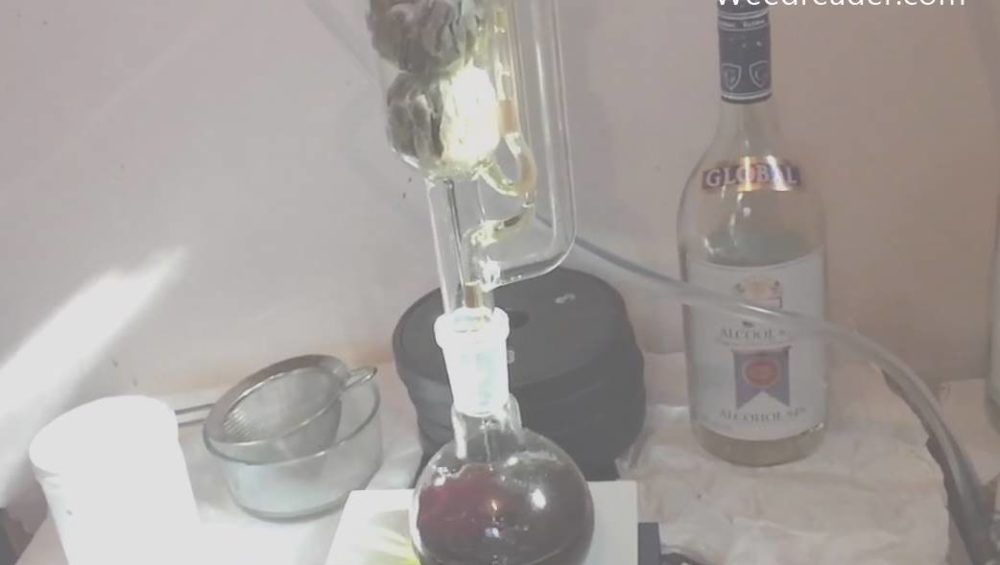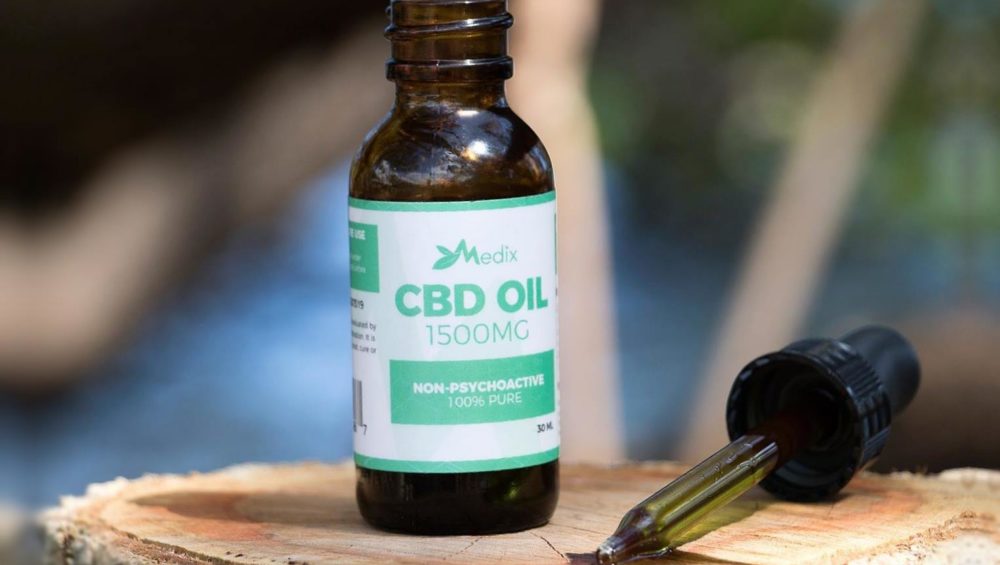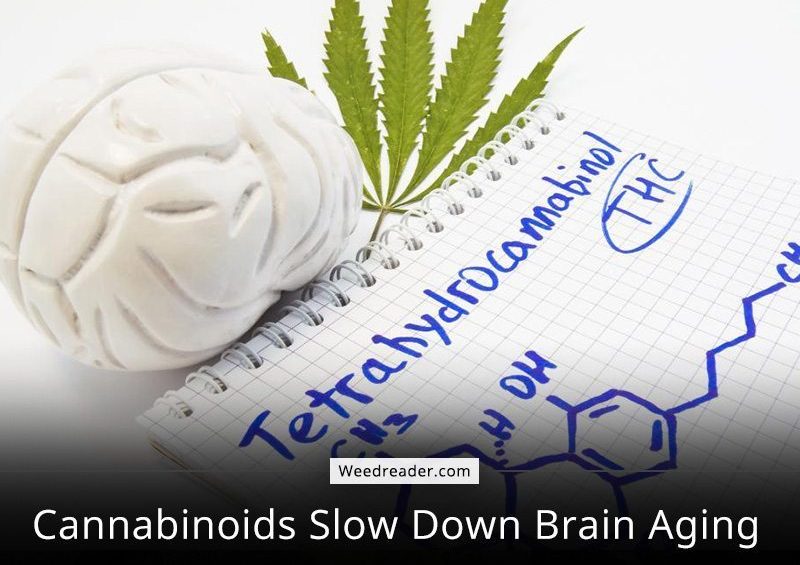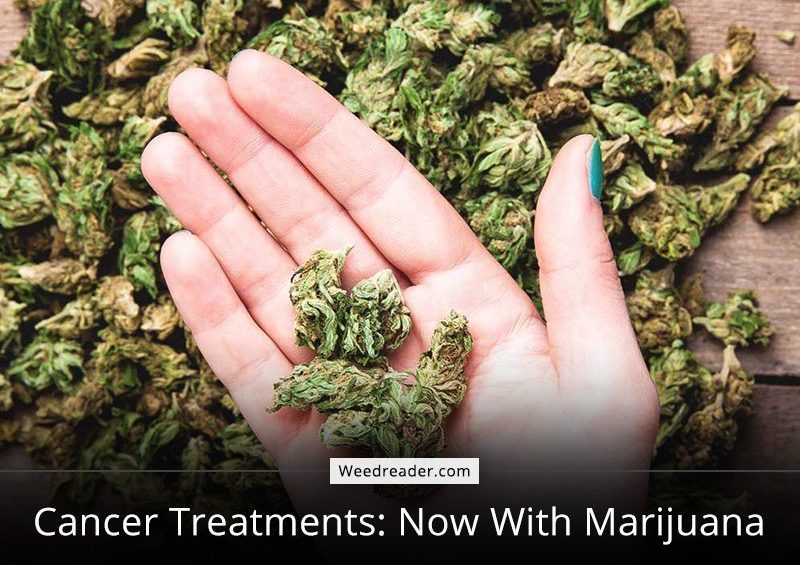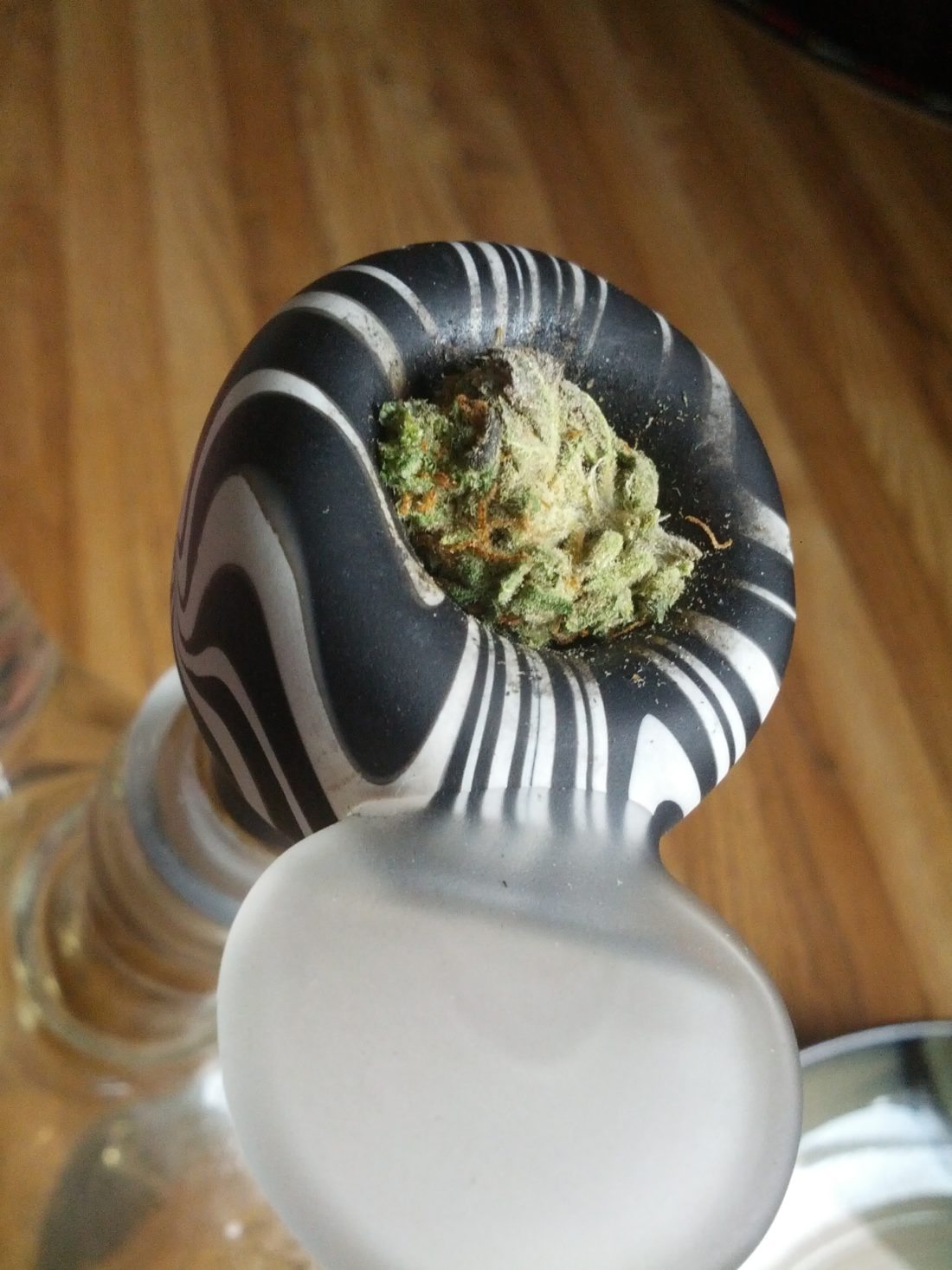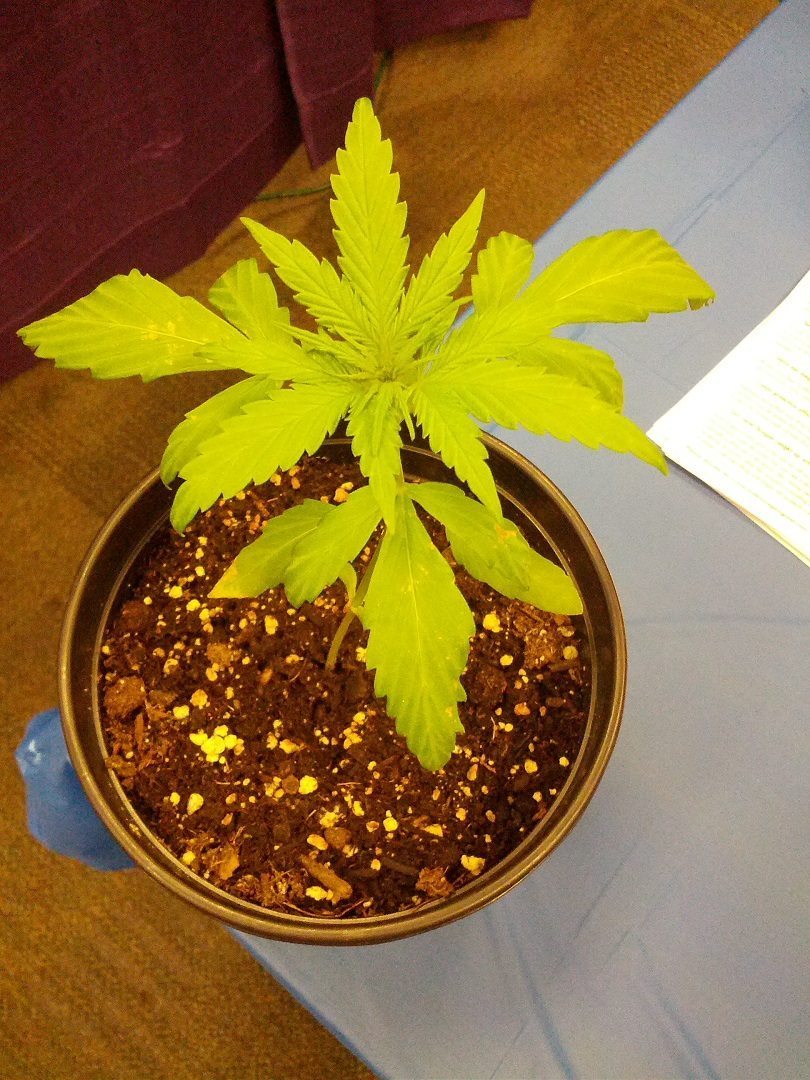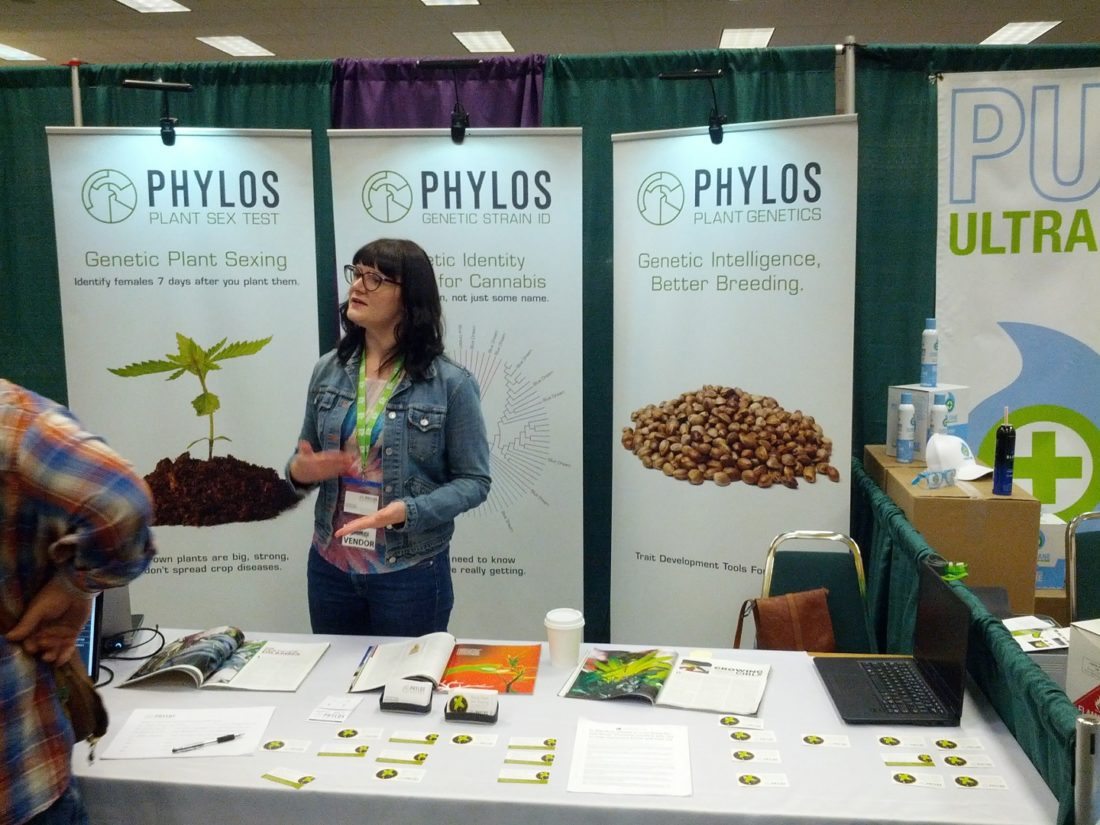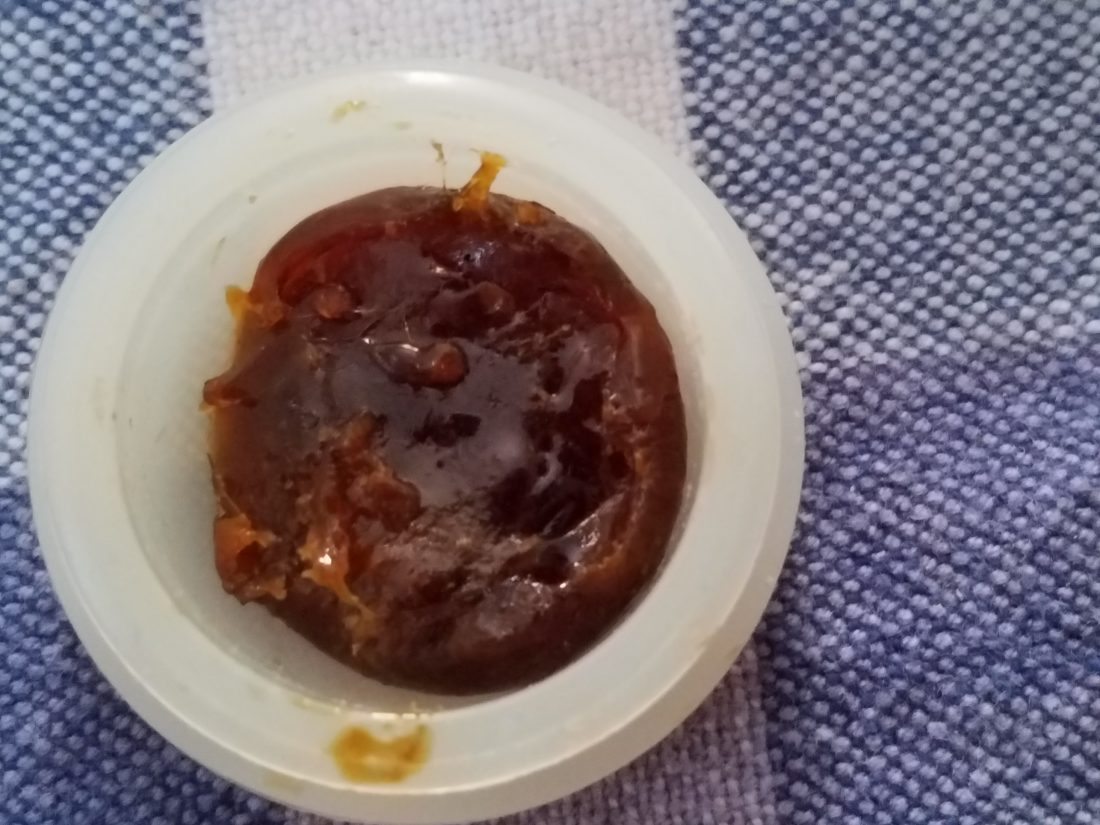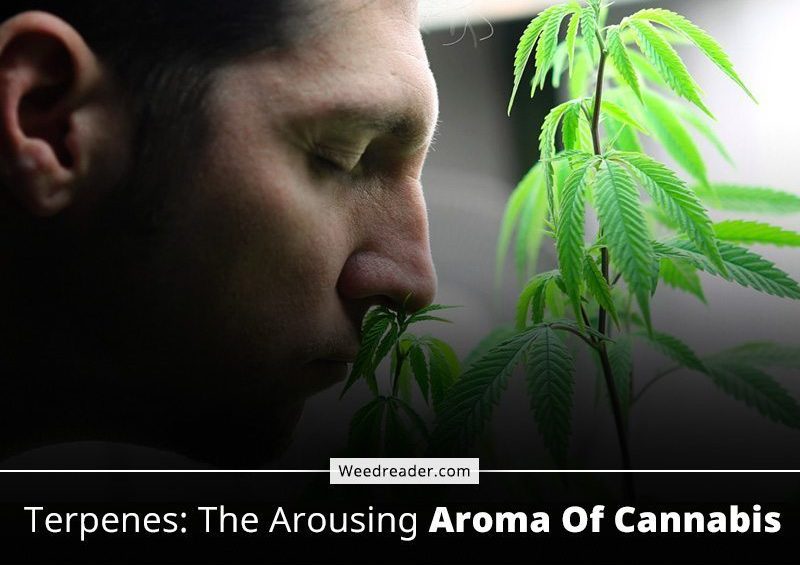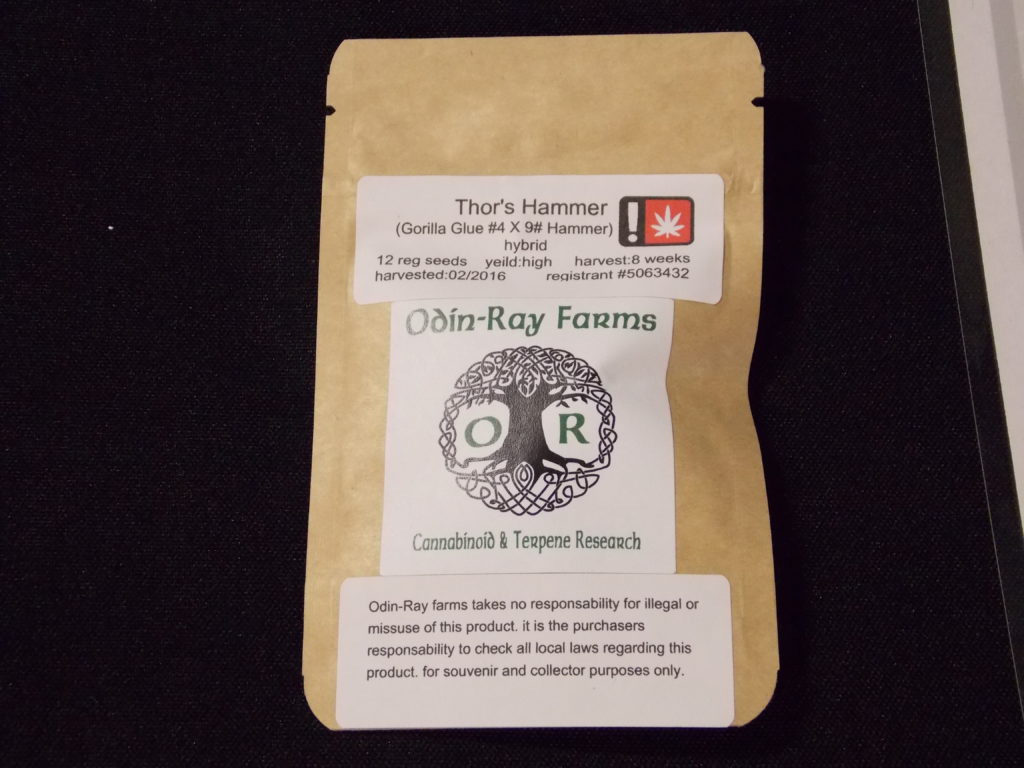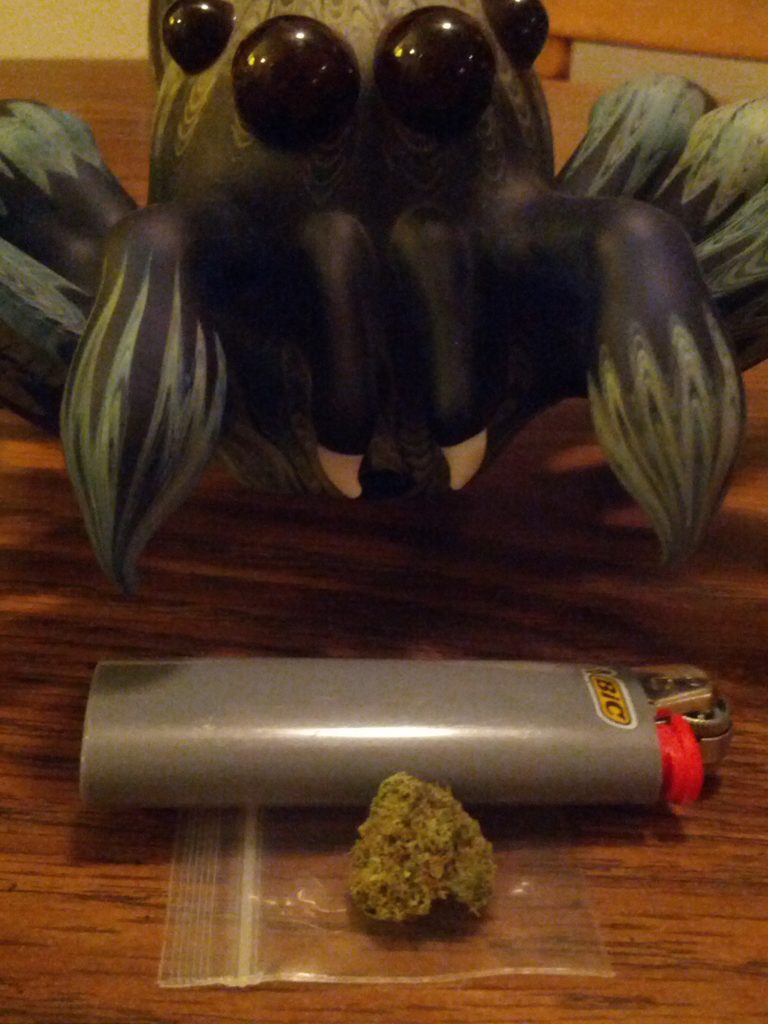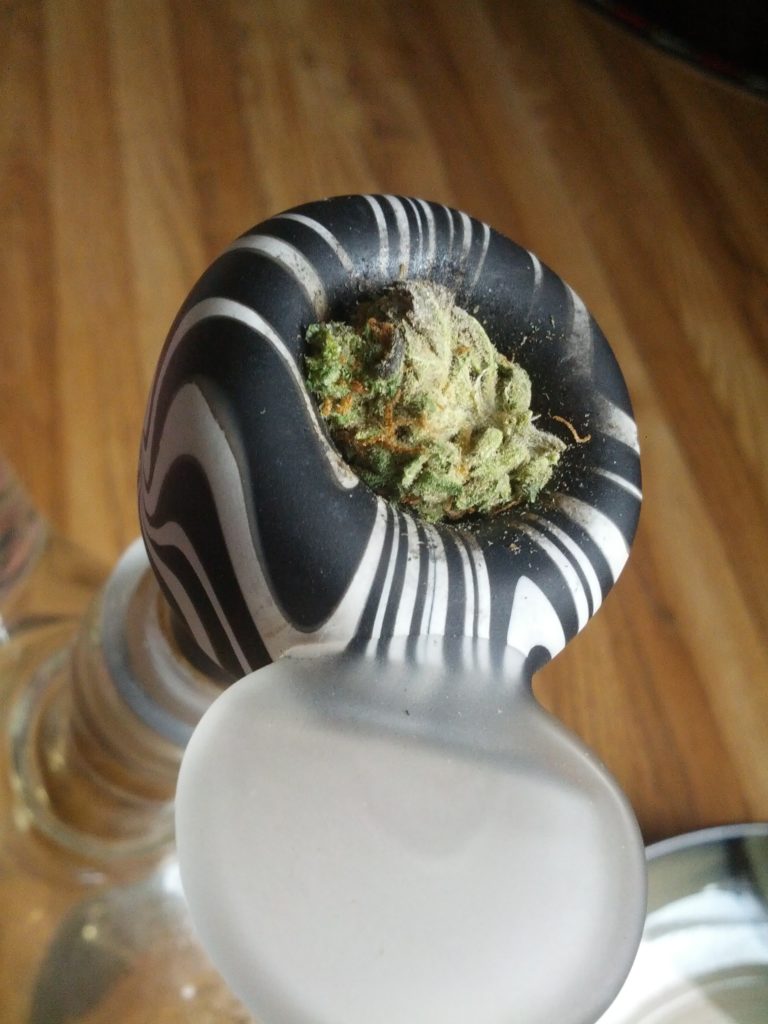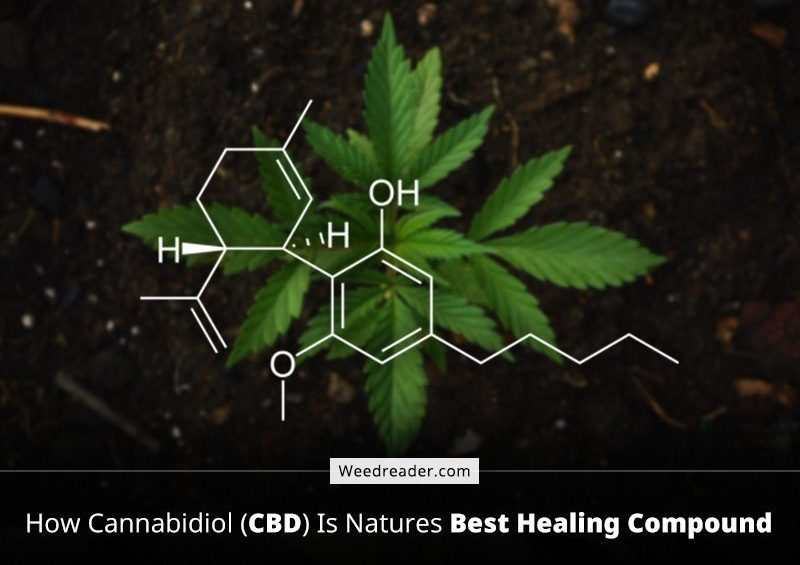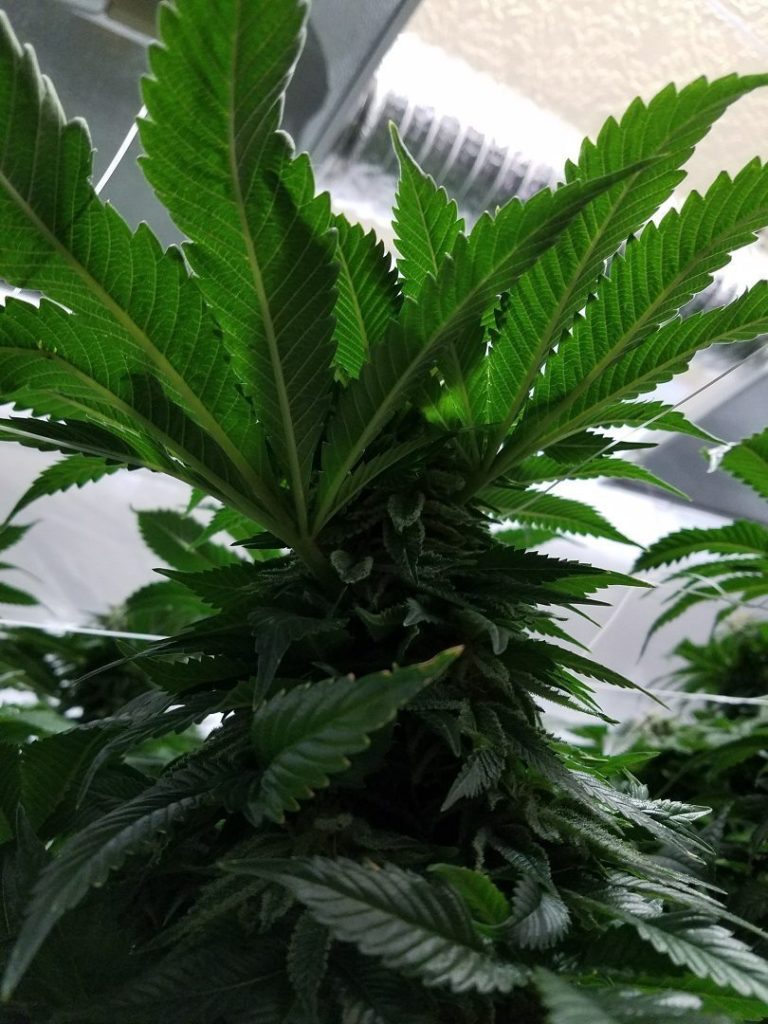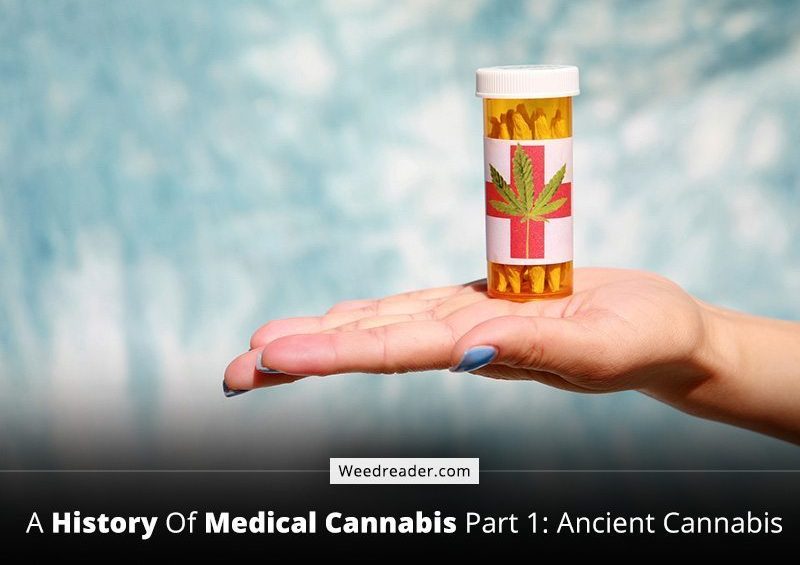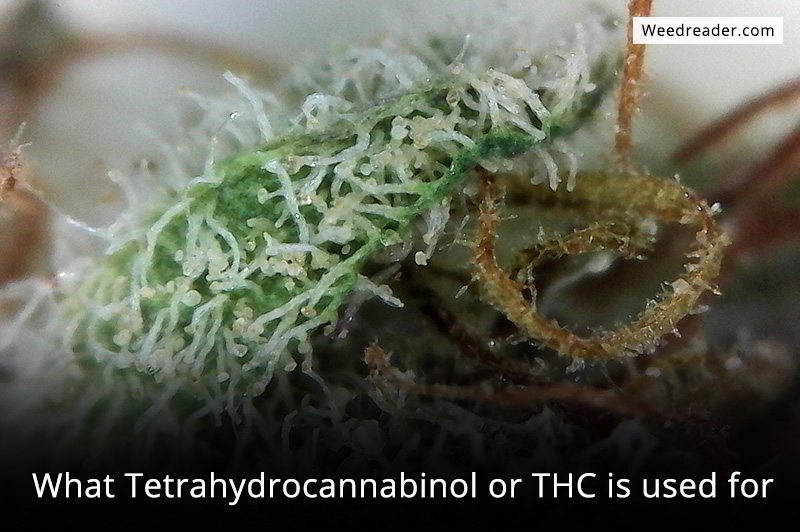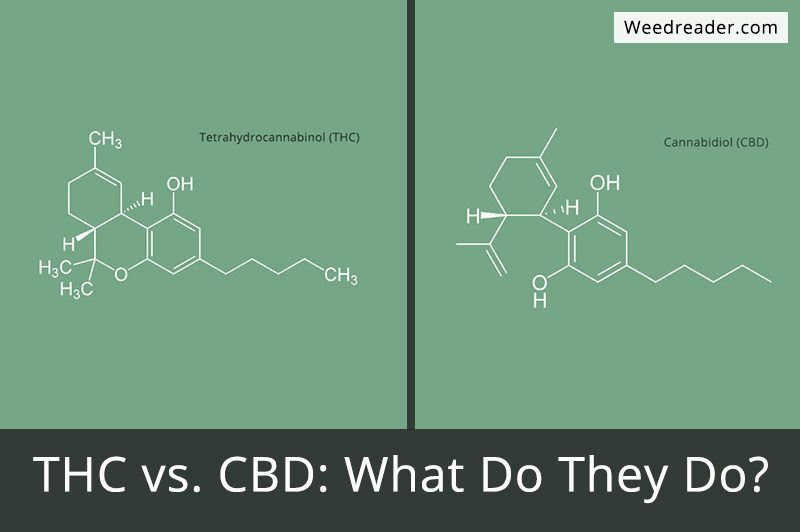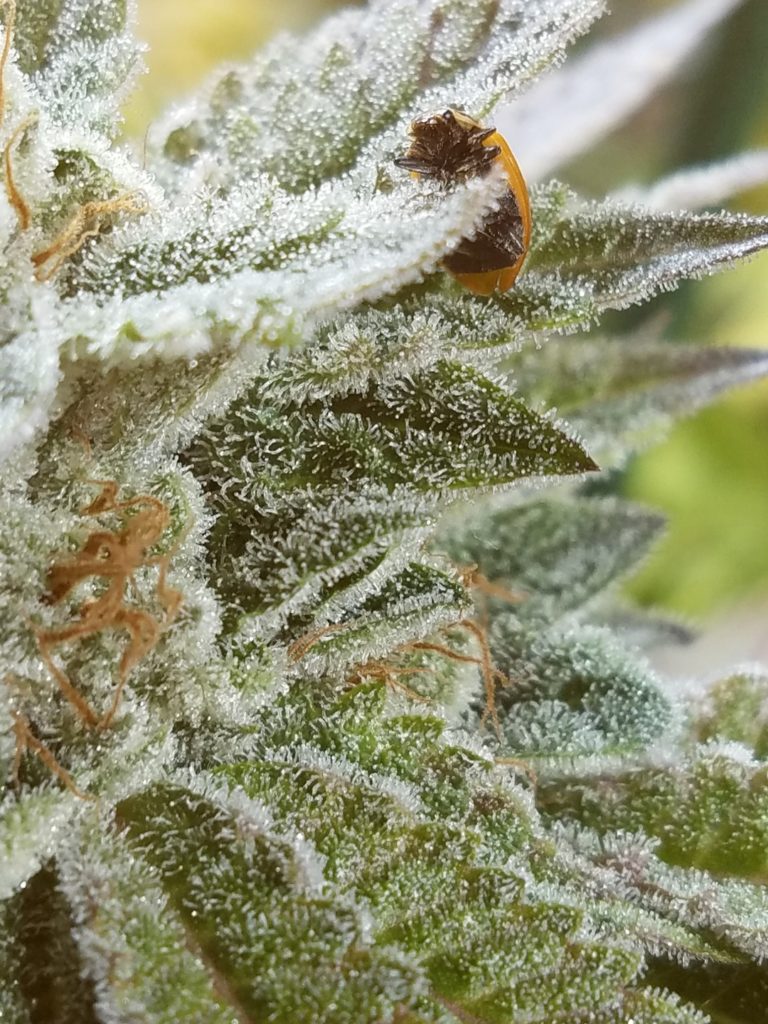THC or Delta-9-Tetrahydrocannabinol is a cannabinoid that many are familiar with since this has been the primary focus of conversations and research pertaining to cannabis for years. In recent times, however, we have started to discover that what makes cannabis so incredible isn’t just this one cannabinoid. In fact, it isn’t even the many combinations of different cannabinoids that are possible but in reality, something much more complex.
The reason that cannabis is as effective as it is for a plethora of different ailments and offers such a wide range of benefits, flavors, and aromas, is due to a combination of cannabinoids, terpenes, flavonoids, and other compounds found in the cannabis plant. Simply lighting a joint of a random strain of cannabis, however, will not provide the full effects possible.
What You Need to Know About Getting the Most Out of Your Herb
Terpenes matter as much as cannabinoids. This cannot be expressed enough. Terpenes which are also found in fruits, vegetables, and other plants are essential to the overall effects of cannabis. Terpenes also provide a plethora of different health benefits as well. Therefore, many cannabis consumers and patients alike have started to pay more attention to the terpene profiles present in the products they purchase.
Here are some of the common terpenes found in cannabis strains along with their potential medical benefits. While this is nowhere near a comprehensive list as there are over 125 terpenes found in cannabis, these are the most common and abundant.
- ß-myrcene: Analgesic. Anti-inflammatory, Antibiotic, Antimutagenic
- ß-caryophyllene: Anti-inflammatory, Cytoprotective (gastric mucosa), Antimalarial
- d-limonene: Cannabinoid agonist, Immune potentiator, Antidepressant, Antimutagenic
- linalool: Sedative, Antidepressant, Anxiolytic, Immune potentiator
- pulegone: Memory booster, AChE inhibitor, Sedative, Antipyretic
- 1,8-cineole (eucalyptol): AChE inhibitor, Increases cerebral, blood flow, Stimulant, Antibiotic, Antiviral, Anti-inflammatory, Antinociceptive
- a-pinene: Anti-inflammatory, Bronchodilator, Stimulant, Antibiotic, Antineoplastic, AChE inhibitor
- a-terpineol: Sedative, Antibiotic, AChE inhibitor, Antioxidant, Antimalarial
- terpineol-4-ol: AChE inhibitor. Antibiotic
- p-cymene: Antibiotic, Anticandidal, AChE inhibitor
Unfortunately, while many of these terpenes are present in various cannabis strains, their benefits are often abolished through a process known as pyrolytic destruction. This process is where terpenes are heated to a higher temperature than their boiling point therefore essentially eliminating them from existence. The same thing occurs when cannabinoids are heated beyond their boiling points. Here are the boiling points for the most common cannabinoids and terpenes found in cannabis.
Common Cannabinoid Boiling Points
- Delta-9-tetrahydrocannabinol (THC): 157˚C / 315˚F
- Cannabidiol (CBD): 160-180˚C / 320-356˚F
- Cannabinol (CBN): 185˚C / 365˚F
- Cannabichromene (CBC): 220˚C / 428˚F
- Cannabigerol (CBG): 220˚C/428˚F
- Delta-8-tetrahydrocannabinol (Delta-8-THC): 175-178˚C / 347-352.4˚F
- Tetrahydrocannabivarin (THCV): < 220˚C / <428˚F
Common Terpene Boiling Points
- ß-myrcene: 166-168˚C / 330.8-334.4˚F
- ß-caryophyllene: 119˚C / 246.2˚F
- d-limonene: 177˚C / 350.6˚F
- linalool: 198˚C / 388.4˚F
- pulegone: 224˚C / 435.2˚F
- 1,8-cineole (eucalyptol): 176˚C / 348.8˚F
- a-pinene: 156˚C / 312.8˚F
- a-terpineol: 217-218˚C / 422.6-424.4˚F
- terpineol-4-ol: 209˚C / 408.2˚F
- p-cymene: 177˚C / 350.6˚F
Pyrolytic Destruction – Ruining Your Cannabis One Boiling Point at a Time
As you can see, the boiling points of various terpenes and cannabinoids drastically vary. To avoid pyrolytic destruction many consumers and patients have turned to vaporizing cannabis products. This is because vaporizing eliminates the combustion required for smoking dry herb. Vaporizers, however, tend to heat to specific degrees only; therefore only a portion of the terpenes and cannabinoids are absorbed by the consumer.
While vaporizing would allow a consumer to pinpoint and consume products at a certain temperature allowing them to better tailor their consumption towards the effects they are after, in the process the boiling points of many other terpenes and cannabinoids are not reached or are surpassed. So essentially vaporizing still does not allow consumers and patients to truly experience the full potential of the effects of different cannabis products.
A Complete Cannabis Consumption Experience
One company, however, is aiming to change that. NWT Holdings, the parent company of Firefly vaporizers, has introduced a new vaporizer product that utilizes dynamic convection heating. This process of heating cannabis products is different than what is utilized by other vaporizers on the market today.
Dynamic convection heating gradually heats the chamber around your cannabis across an extensive temperature range. This allows the consumer to benefit from each individual terpene and cannabinoid being heated to their exact boiling point over the course of a 7 second inhale.
This is incredible for both consumers and patients alike. In fact, this could revolutionize the way that we consume cannabis. Never has anyone been able to truly experience the full potential of cannabis but now thanks to innovative leaders and products such as the new line from Firefly featuring dynamic convection heating, we can. This will not only enhance the benefits that we receive as consumers but will also allow us to learn more about the many cannabis strains available on the market today.

